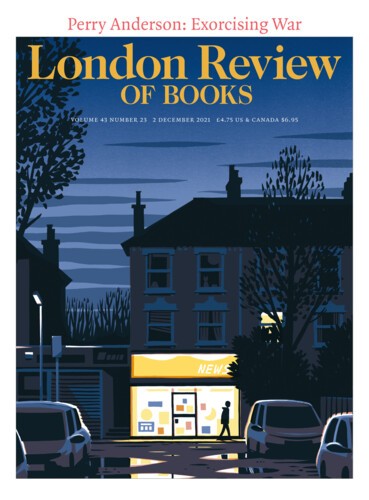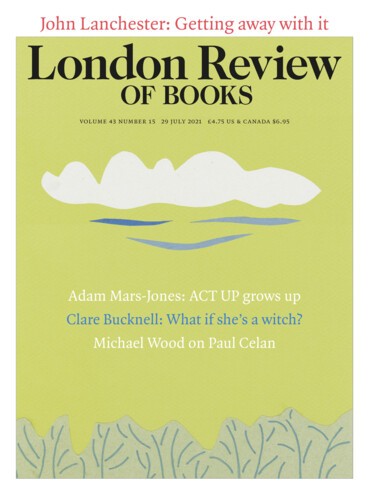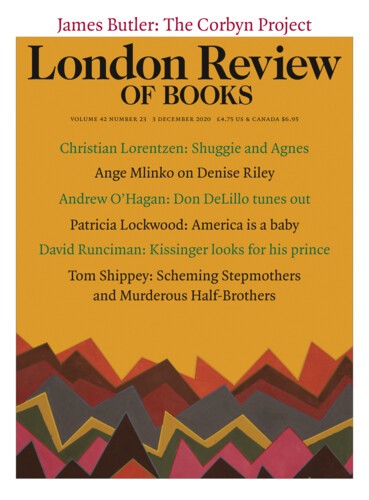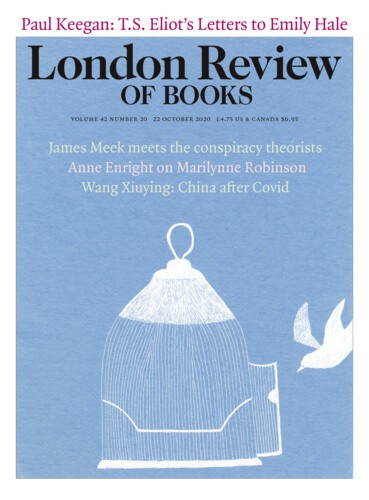In the summer of 1953, after a stint in the army, Jasper Johns, aged 23, moved back to New York City. There, a few months later, he met Robert Rauschenberg. Their artistic and romantic partnership would last until 1961; the company they kept included John Cage and Merce Cunningham. In this heady atmosphere, Johns chose, in autumn 1954, to destroy all his prior work, and to begin the...
Jasper Johns: Mind/Mirror
Whitney Museum of American Art/Philadelphia Museum of Art, until 13 February 2022
Probably with Magritte in mind, André Breton once offered the image of ‘a man cut in two by a window’ as the paragon of the Surrealist picture. This is close to what Jasper Johns presents: a model of painting that is neither window nor mirror, the traditional paradigms, but a semi-abstract combination of the two in which what is exterior mingles with what is interior, often to the point of obscurity.





